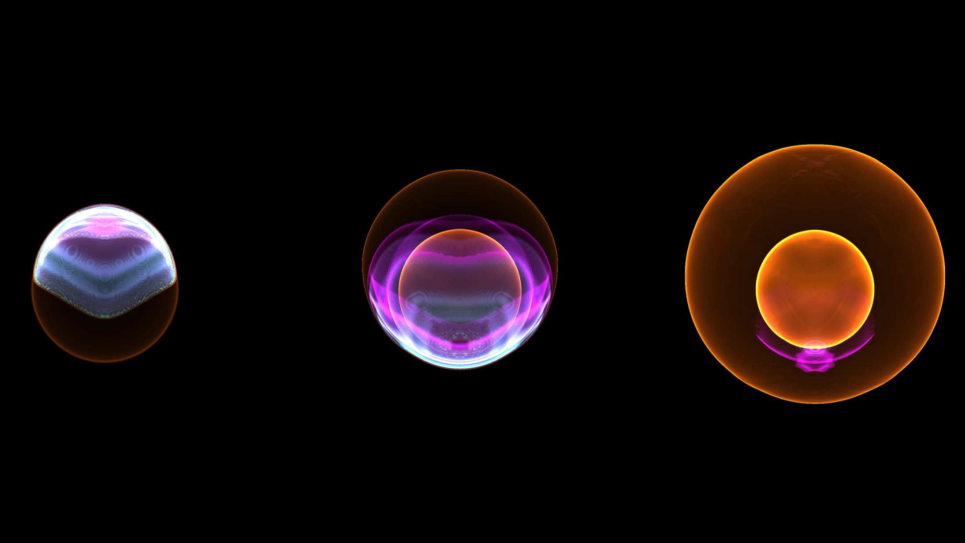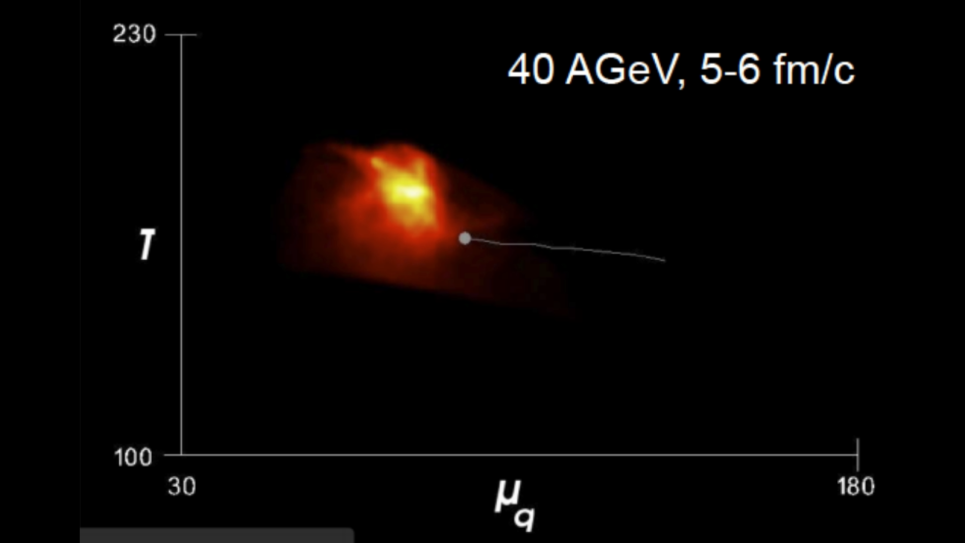Magnetic fields are ubiquitous in the universe, but their origin is not fully understood. A variety of ways have been proposed in which seed magnetic fields could be created. It is widely thought that the larger values of the cosmic magnetic fields that we observe are a result of the amplification of these seed fields by the nonlinear turbulent dynamo mechanism. However, this mechanism has never been demonstrated in the laboratory. We have conceived experiments designed to demonstrate nonlinear turbulent dynamo in the laboratory, providing a comprehensive picture of the energy cascade in magnetized, turbulent plasmas. The experiments utilize high-intensity lasers at the Omega laser facility at the Laboratory for Laser Energetics, and the National Ignition Facility at the DOE national laboratory, Lawrence Livermore National Laboratory. We have been awarded shots on both – highly competitive – facilities. These powerful lasers allow us to produce strong turbulence and large magnetic Reynolds numbers required for the nonlinear turbulent dynamo mechanism to operate. The experiments are designed and interpreted using validated simulations done with FLASH, a highly capable radiation-MHD code we have developed. FLASH simulations are vital to ensure the experiments achieve the desired flow properties. They must be 3D to capture the turbulence, and they must resolve the small spatial scales at which amplification occurs. FLASH simulations are also critical in determining diagnostics’ timing, since the signals last only a few nanoseconds. Finally, validated FLASH simulations are crucial to interpreting the results of the experiments. This allocation supports NIF experiments that will not succeed without 3D FLASH simulations on Mira.

